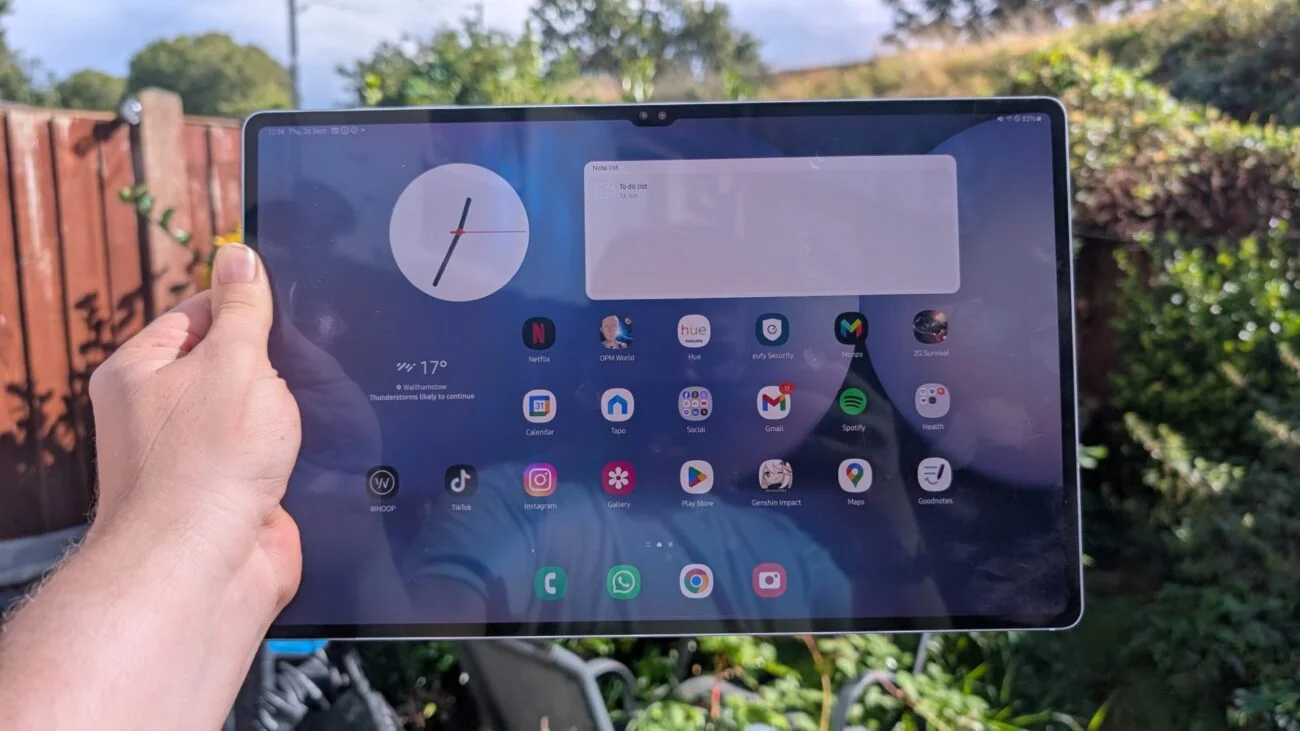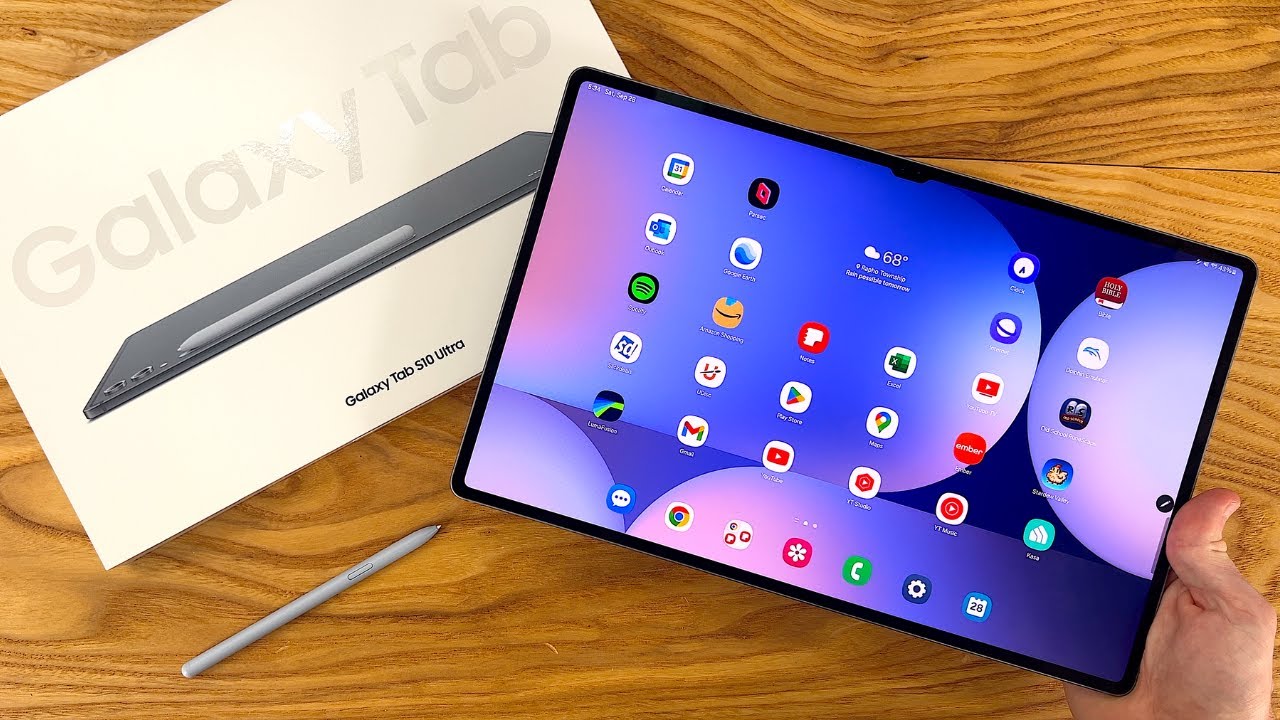In a market where competition is typically dominated by Apple, Samsung is stepping up its game with the anticipated release of the Galaxy Tab S10 Plus and the Galaxy Tab S10 Ultra, signalling a potential shift in dominance within the Android tablet space. The tech giant has decided to skip the 11-inch model this time, focusing instead on larger and arguably more impactful displays with the 12.4-inch Galaxy Tab S10 Plus and the colossal 14.6-inch Galaxy Tab S10 Ultra. This strategic decision might hint at the optimization of their tablet line, possibly in response to the performance and positioning of other models like the Tab S9 FE and Tab A9 Plus.

Harnessing the Power of Galaxy AI
Samsung is not just creating tablets; it’s crafting an integrated ecosystem. The new Galaxy Tab series is designed to do more than just play videos; it’s meant to be a hub of productivity and connectivity. At a recent showcase, Samsung revealed that an astounding 75% of its U.S. customers have engaged with AI features, with over 18 million interactions recorded in just a week. These numbers not only highlight the growing reliance on AI but also underscore Samsung’s commitment to expanding its AI capabilities across its device network. The company aims to double its Galaxy AI-enabled devices by year’s end, a goal that seems ambitious yet within reach for a tech powerhouse like Samsung.

The Same Design with New Twists
Visually, the new Galaxy Tab S10 Ultra maintains a familiar aesthetic, closely resembling its predecessors but with a few upgrades that enhance usability without altering the overall experience drastically. One notable enhancement is the Anti-Reflective display, first seen on the Galaxy S24 Ultra, which proves its worth in high-glare environments despite being a subtle change.
A New Play on Productivity with the Updated Book Cover Keyboard
The Galaxy AI integration stretches beyond the tablet itself into the accessories, like the new Book Cover Keyboard which now features a dedicated Galaxy AI button. This inclusion seems to follow a trend set by Microsoft’s Windows Copilot, suggesting that AI accessibility is becoming a staple feature in tech devices.

A Surprise Shift in Hardware
Samsung took a surprising turn in hardware by opting for the MediaTek Dimensity 9300 Plus SoC in their flagship tablets, moving away from Qualcomm’s Snapdragon. This switch is supported by substantial enhancements in CPU, GPU, and NPU performance, paired with advanced cooling technology to keep the device’s performance at its peak without overheating risks.

Despite sticking to a design that only slightly deviates from its predecessors, the Galaxy Tab S10 Ultra stands out as a premium device in the Android tablet market. With its focus on refining hardware and expanding the capabilities of Galaxy AI, Samsung is not just following market trends but is aiming to set them, ensuring that its customers have access to cutting-edge technology that enhances their digital interactions in meaningful ways.
Samsung’s latest offerings are a testament to the company’s dedication to innovation and its ambition to lead the Android tablet market, all while pushing the boundaries of what a tablet can do in a modern tech ecosystem. As the Galaxy Tab S10 Ultra readies for its market debut, it holds the promise of a new era for Android enthusiasts looking for a robust, feature-rich tablet experience.









